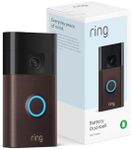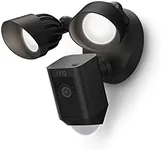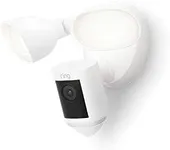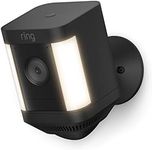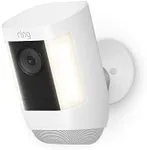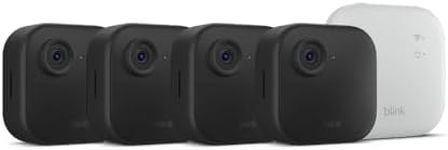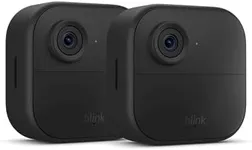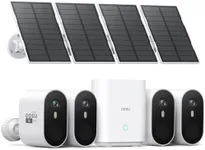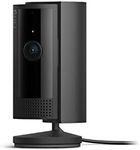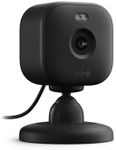Buying Guide for the Best Security Cameras
Choosing the right security camera is all about identifying your specific monitoring needs and balancing those with the core features that different cameras provide. Whether you want to supervise your front door, yard, business, or a wide area, picking the right camera involves understanding where you want to install it, what kind of detail you need, how you’d like to access the footage, and what type of features make you feel safe. Take time to think about whether you need the camera for indoor or outdoor use, constant or occasional monitoring, and if you want smart notifications or just basic recording.ResolutionResolution refers to the clarity and detail in the images or videos that the security camera captures. It's typically measured in pixels, such as 720p (HD), 1080p (Full HD), or 4K (Ultra HD). A higher resolution means crisper, more detailed images, which are particularly important for identifying faces or license plates. If you just need general coverage in a small room, lower resolutions may suffice, but for broader areas or where identification is key, opt for higher resolutions. Consider your locations and if fine detail is crucial for your peace of mind.
Field of ViewField of view describes how wide an area the camera can see, usually given in degrees. A narrow field covers a focused, specific spot, while a wide-angle can capture more of your surroundings in one shot. For monitoring hallways or entry points, a smaller angle may be best, whereas for open spaces like yards or parking lots, a larger angle ensures you don’t miss important activity. Think about what you need to monitor so you don’t have unnecessary blind spots.
Night VisionNight vision is the camera’s ability to see in low-light or complete darkness, often using infrared technology. Some cameras provide a short-range, while others can see much farther into the night. If you’re monitoring areas that are not well-lit, or you need secure surveillance at all times, prioritize cameras with strong night vision capability. Match the camera’s night vision range to your specific environment to be sure it can cover what you need after dark.
Motion DetectionMotion detection allows cameras to sense movement and usually trigger recording or send alerts. Some cameras use basic sensors, while others have advanced detection that can distinguish between people, animals, or vehicles. If you want to minimize false alarms, look for smarter motion detection. Think about the kind of activity your camera will face—high-traffic or quiet areas—and select the detection performance that matches your expectations for real-time awareness.
Storage OptionsStorage refers to how and where your footage is saved, such as on a memory card, cloud service, or networked video recorder. Each has pros and cons regarding convenience, security, and how much footage you can keep. For hands-off use, cloud storage is easy but may involve monthly charges, while local storage like SD cards keeps your footage private but might fill up quickly. Consider how long you want to keep recorded video, whether you need remote access, and your preference for privacy versus convenience.
ConnectivityConnectivity is about how the camera communicates—whether it uses Wi-Fi, wired Ethernet, or even cellular networks. Wireless options are easy to install and flexible, but might suffer in areas with weak signal. Wired connections offer stability and are better for permanent setups. Review your space and installation possibilities to decide if you prefer easy relocation with wireless cameras or robust, always-on wired operation.
Weather ResistanceWeather resistance matters most for outdoor cameras, indicating how well the camera can withstand rain, snow, dust, and temperature extremes. Look for cameras with an IP (Ingress Protection) rating—the higher the second number, the better protection it offers against water. If you’re placing cameras outdoors or in tough environments, make sure they’re rated for the specific weather conditions they will face to ensure long-term reliability.
Audio FeaturesAudio features include a built-in microphone for capturing sounds and sometimes a speaker for two-way talk, which can be useful for communicating with people at your camera location or warning intruders. Not all setups need audio, but if you want extra detail or the ability to interact, seek out cameras with clear audio functionality. Match this to locations where hearing or speaking might add value to your security.
